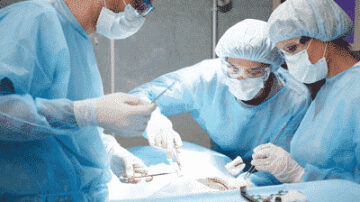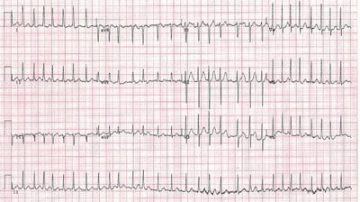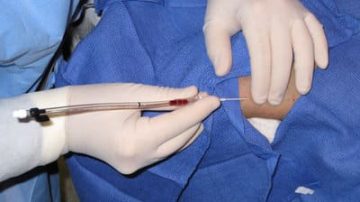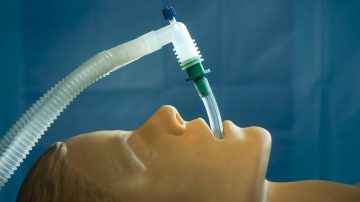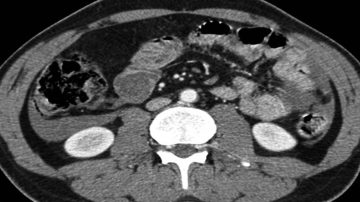More Articles – Emergency Procedures, Hematology, Medical General, medical procedures, Respiratory diseases
Most patients with pulmonary embolism (PE) do well, and outpatient management is becoming more common. Predicting which patients will have complications would be valuable in order to triage patients for discharge or admission to a ward or intensive care unit…
Read More

